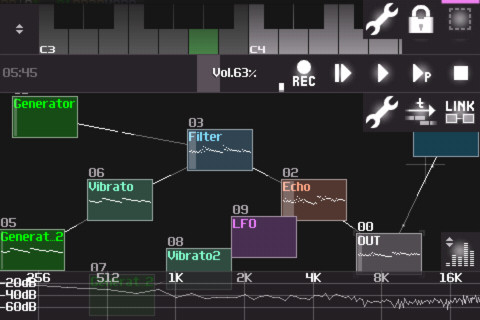
The only thing we need to do is to use some universal (wood/metal/glass) glue to attach some M2 screws for each mounting bracket. Fortunately LCD has a mounting brackets that we can use. Next we need to attach LCD screen to the cover. I used the same technique for the bottom cover. I used drill to make a lot of small holes and then it was easier to cut rest with the saw. I want to have much work space as possible in the SunVox GUI. I’m using 7″ touch sensitive HDMI LCD panel. Next we need to cut a hole for the screen on the top lead. I cut about 2 cm from the bottom to match the original openable lead from the box, I have removed the metal hinges and clasp. Here is my choice, a Tetley wooden tea box! Why? Simple, it’s a garbage! Yes I had this empty box that I was about to throw away but I noticed that the wood is easy to work with, that means it has high wood density, not too soft not too hard, so you can cut various shapes in it like in metal.īox dimensions are almost perfect to fit LCD screen, only we need to cut on height. To do that we need a case to be able to fit LCD screen, Raspberry PI and all peripherals like sound card and MIDI interface. I want this to be full fledge SunVox standalone synth with all possible features.

#Sunvox readme how to#
There is a lot of examples on YouTube how to run SunVox headless on Raspberry PI Zero. I want this to be standalone SunVox Raspberry Pi synth and be portable and independent from the computer as much as possible, let just say DAWless style or rather portable DAW? And it’s free for most of the systems, except the Android and iOS. It is a tool for those people who like to compose music wherever they are, whenever they wish. SunVox is a small, fast and powerful modular synthesizer with pattern-based sequencer ( tracker).
First of all if you don’t know what the hell is SunVox then here is official information from the source:


 0 kommentar(er)
0 kommentar(er)
